By Kelsey Milian Lopez
Campus News
As a daughter of Latin American immigrants from Mexico and Guatemala and a first-generation college student, I was no stranger to learning to be resourceful. My parents taught me how to search for every publicly accessible resource I could lay my hands on. Most of my scholarship money went directly into required textbook costs and supplemental resources they do not tell you about when you are a first-generation college student. I learned to appreciate the opportunities that allowed me to pursue my academic career, but at what cost?
Now, as a graduate student and teacher of college classes, I see the persistent problem of unequal access caused by expensive textbooks and classroom materials and solutions with open-access materials.
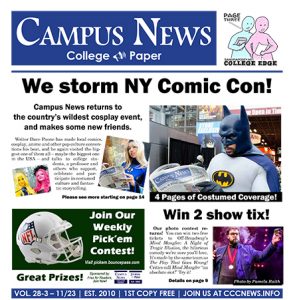
I am working towards a Ph.D. at the CUNY Graduate Center in Ethnomusicology, which is the study of music, sounds, and silences understood in expanding capacities across regions, space, and time. I also intend to enter educational policy to develop programs and restructure the American education system so students like me don’t have to struggle financially to pursue any career they want. Ultimately, my goal for graduate school is to become an educator for ethnomusicology and facilitate our niche discipline as musical experiences that expand beyond Western European music theory and education.
Resources for music courses vary and often follow a specific and limited focus. Usually, textbooks are expensive and include additional sound materials (CDs, playlists, companion videos) that add additional costs. For example, World Music: Traditions and Transformations by Michal Bakan can be purchased from McGraw Hill for only $143.79. But wait, there are options if that is too pricey! Students can rent the printed textbook for 150 days at $70 or the electronic book for $50.
In reality, my students can rarely afford these extra costs, nor do they have the time to find alternatives while balancing school, work, family, and the NYC hustle. I remember scrambling to buy discounted or used textbooks to save money, searching for free PDFs online, hoping an older student would sell their book, collaborating with classmates to collectively buy a book and scan its materials, and breathing a sigh of relief when a professor would provide the PDF or even do away with the textbook.
When it comes to teaching about music, its language, history, and culture, examples of music and sounds are constantly being produced and shared every single day. However, with more than enough resources found online and for free, why are we not providing students with easily accessible materials?
I’ve been teaching Global Music and Music Appreciation courses for the past three years through the CUNY Graduate Center. Most of my teaching materials have been my creation because the textbooks that are available tend to be expensive and provide a narrow scope to studying music in culture. I jumped at the chance to participate in the Open Education Resource (OER) Fellowship through the CUNY Graduate Center Mina Rees Library because I was eager to make my course close to 100% open educational resources.
Open Education Resources are free and openly licensed educational materials that can be used for teaching, learning, research, and other purposes. “Open” refers to “openly licensed,” which lets users know how individuals can share, remix, or redistribute work. This is under a Creative Commons license with varying degrees on what educators can do regarding retaining, reusing, remixing, revising, or redistributing free textbooks, documents, materials, and resources.
Because music can be a powerful tool for collaboration, I wanted to use and create open educational resources to engage my students with music and sound materials found worldwide. Music listening and music-making can be experiences that are both intimate and public. That is why I am catering my music course to teach about the history of music while exposing my students to various sounds from around the world and developing a concept album using soundscape recordings. Soundscapes are auditory recordings that capture the makeup of any space. Soundscapes within a classroom can bring insight into the acoustic environments my students interact with daily and reveal the complexities of social, psychological, economic, and cultural diversity. I encouraged my students to record any soundscape of their choosing, such as their school commutes, a favorite cafe, an interaction with a family member, or a grocery run.
I also use open educational resources to supplement my lessons on music from different parts of the world while simultaneously using the free public events New York City has to offer. For example, I found resources through the Open Textbook Library, an open education resource website that provides textbooks on any subject to be freely used and adapted.
Open Education Resources are out there, but within the scope of my classes, they still cater to a framework that needs a little more breakdown. Encompassing music’s origins in one semester is challenging, but I aim to help my students engage critically in listening and reacting to music and sound. At the same time, I am excited to see what my students create and engage with this semester, hopefully alleviating the stress of those additional costs from expensive textbooks and sound materials.
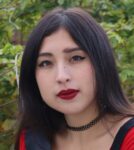 Kelsey Milian Lopez is a Miami native who is pursuing a Ph.D. in Ethnomusicology at the CUNY Graduate Center.
Kelsey Milian Lopez is a Miami native who is pursuing a Ph.D. in Ethnomusicology at the CUNY Graduate Center.




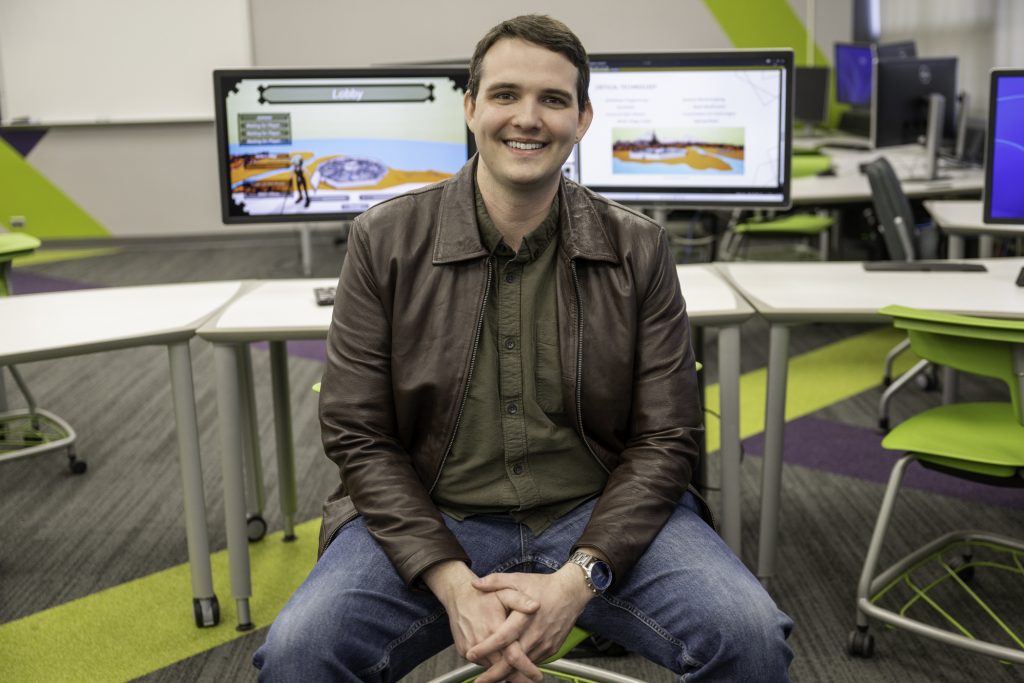
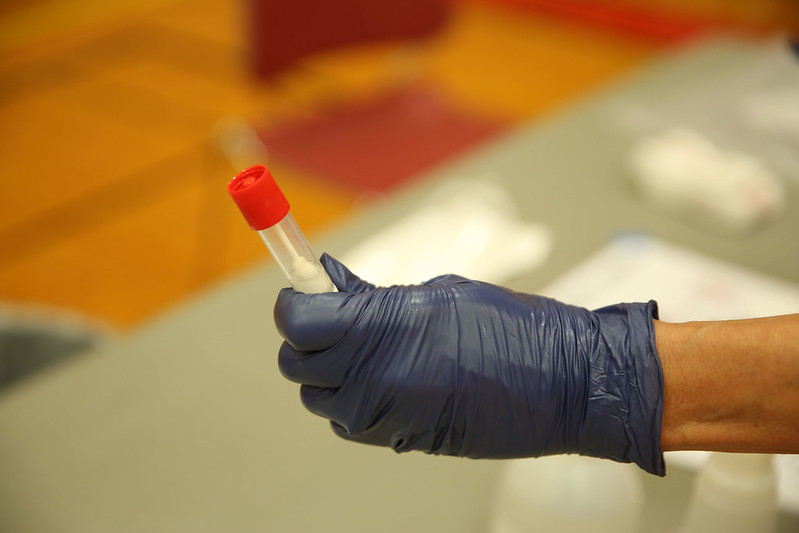
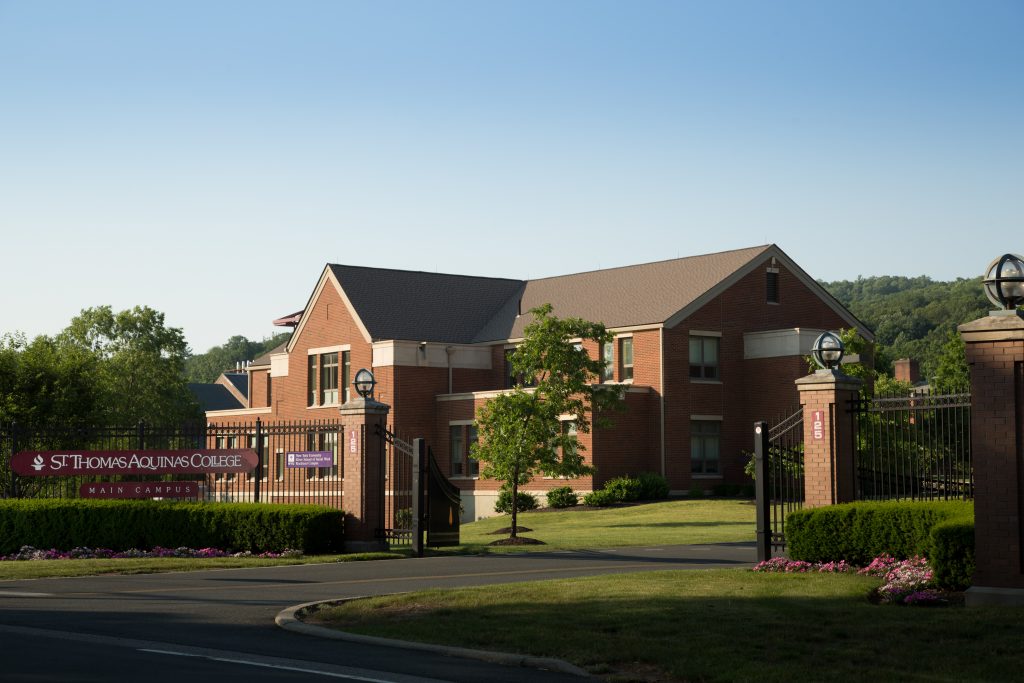
Facebook Comments